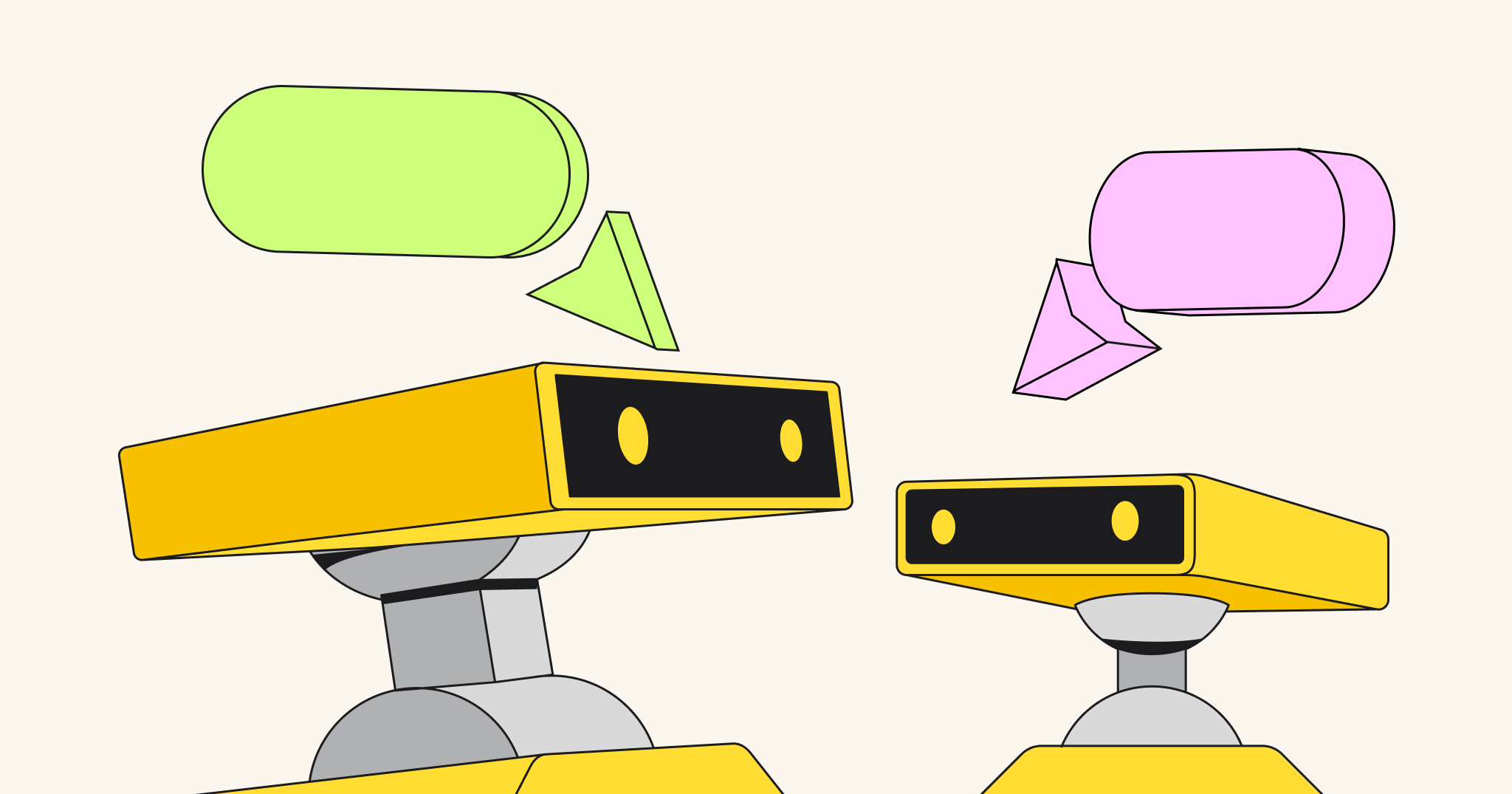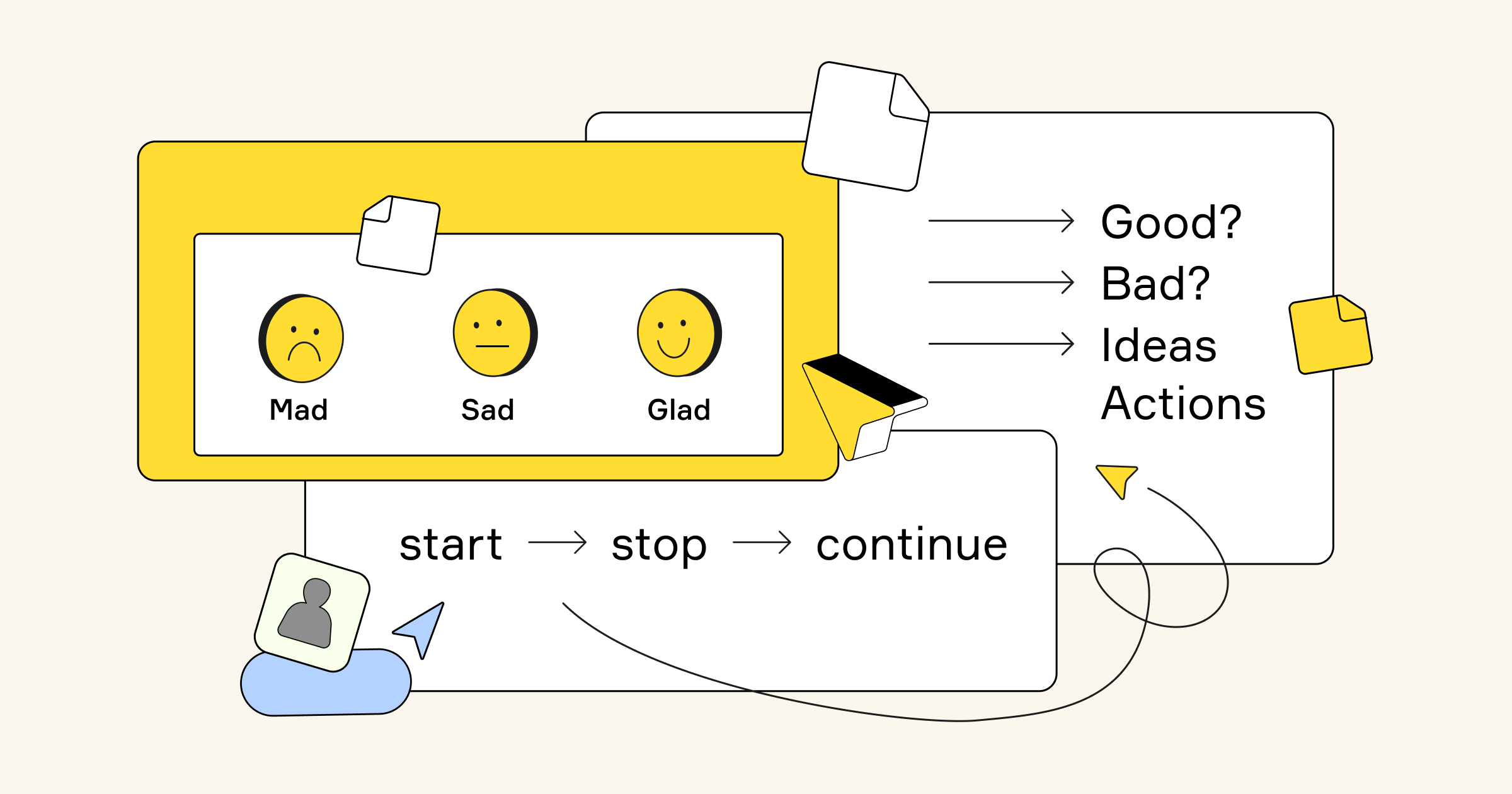“Do not do unto others as you would have them do unto you – they might have different tastes.” — George Bernard Shaw
When it was time to look back and reflect on my three-month onboarding period at Miro, I was convinced that I’d never been part of such a collaborative, open team culture. Curiously enough, I’ve never met anyone from my team (or company) in person.
Dynamic environment, hyper-growth, new opportunities, and challenges popping out here and there, an enthusiastic, driven team—these assumptions of what Miro is like on the inside were proven correct. What I was pleasantly surprised by was my team’s dedication to each other. With loads of business priorities to juggle and non-stop meetings to hop on and off, Zoom fatigue notwithstanding, how was this distributed team able to instill such a deep feeling of closeness and security to a newcomer like me?
In our recent team charter conversation, we were asked to think about how we measure success. It was curious to see how our brainstorming board got filled with stickies mentioning the happiness of team members and the importance of collaboration. “Team connection” ended up on the top of the list of ways we measure success.
After observing my teammates’ behavior and their adopted practices, as well as turning to our Miroverse community for ideas and inspiration, I decided to share my findings and some practical tips on what we do at Miro best: leading with empathy.
Mariam coordinates the content production for Miro templates and oversees Miroverse templates library publications. She is inspired by the Miro creators who turn an endless empty canvas into a universe of their own creation, and is passionate about sharing their work with others.
Practicing empathy with real-life work examples
1. Uncover silent bias before the project kickoff
We talk a lot about aligning on goals and responsibilities before jumping into a project, but addressing potential is just as important. The key here is to create a safe space for participants to air out any bias, negative or positive. It’s great to let it out and address it because if you don’t, they will still have the bias, which could hinder them from contributing.
The stinky fish is a metaphor for “that thing that you carry around but don’t like to talk about; but the longer you hide it, the stinkier it gets.” By putting stinky fish (fears and anxieties) on the table, participants begin to relate to each other, become more comfortable sharing, and identify a clear area for development and learning.
2. Reconnect regularly
This simple and easy ice breaker is a Miro tradition. Every all-hands meeting starts with a check-in where we ask ourselves: how do I feel today and how do I relate to the team sentiment this week? I take a pause to browse all of the various emotions listed on this wheel and reflect on my own mental state: do I feel proud, responsive, or apathetic right now?
Acknowledging your feelings and emotions is a first step towards resolving the potential underlying issue. It starts with asking yourself a simple question (“How do I feel today?”) and creating a safe space to explore it. I love this exercise because it gives you the tools to do both.
3. Use imagination to reframe conflicts
One of my favorite movie directors Guillermo del Toro likes to feature likable villains in his films. To him, “monsters are the patron saints of our blissful imperfections.” In this exercise, you and your team must practice empathy towards something that might appear “bad”’ or “evil.” This exercise pushes your group to use the power of their imagination to understand the opposite side better without passing judgment, which is an excellent basis for productive conflict management.
4. Set expectations
A Pre-flight is about setting expectations with your team; Post-flight check is all about taking the time to reflect
Show patience. My team does not jump into solutions mode even when the problem seems to be “obvious for everyone.” Instead of assuming that everyone is on the same page, we run a retro and discuss it openly. Everyone gets a stack of stickies and enough time to reflect. What went well? What could’ve been done differently? Once everyone on the team has a chance to share their thoughts, we run an anonymous vote to identify what stands out the most to us.
We’re curious to learn more about how your team connects during remote meetings and workshops, and publish your ideas in our community template gallery, Miroverse. What rituals help you to stay connected to your team? Submit your team board to share your learnings with the Mirovese community!




